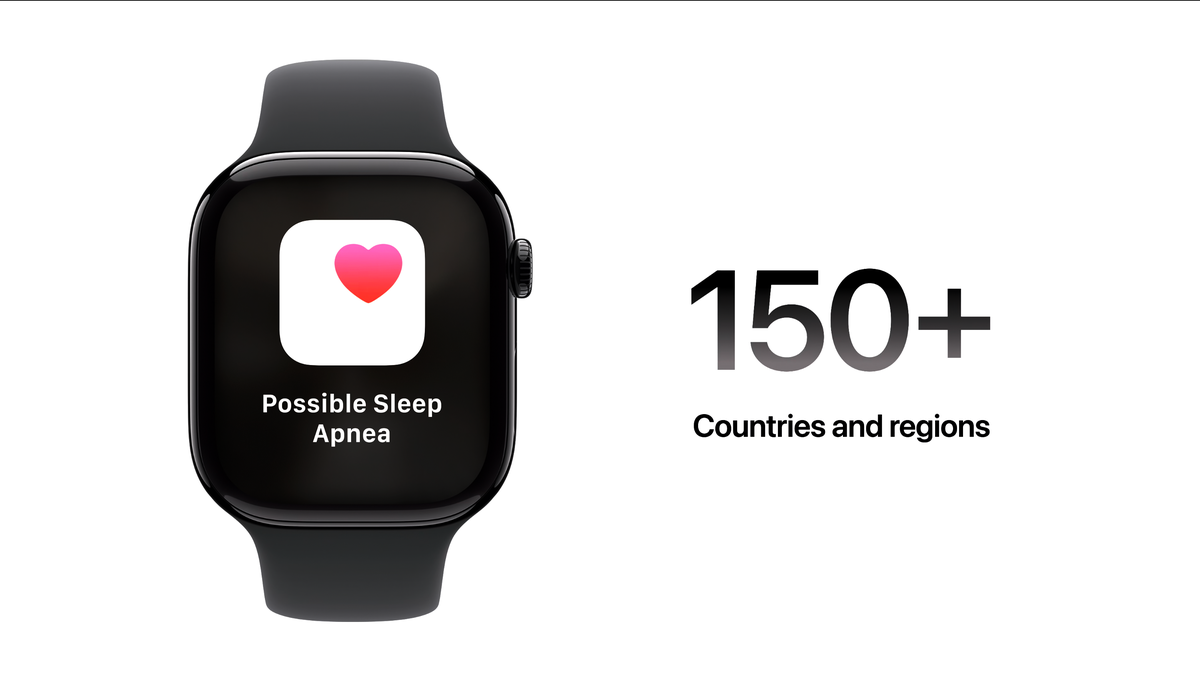The approval was granted quickly, as the FDA has recognized Apple’s approach as “substantially equivalent” to established methods for sleep apnea diagnosis. This validation underscores the accuracy and reliability of the technology.
Understanding sleep apnea
Sleep apnea is a serious sleep disorder characterized by interruptions in breathing while sleeping. These interruptions can be brief, but they can significantly disrupt sleep and lead to a range of health problems.
There are three types of sleep apnea:
- Obstructive sleep apnea (OSA): This is the most common type, occurring when the muscles in the back of the throat relax and block the airway during sleep.
- Central sleep apnea: This occurs when the brain fails to send signals to the muscles that control breathing.
- Complex sleep apnea syndrome: This is a combination of both obstructive and central sleep apnea.
Unlike traditional sleep studies, the Apple Watch uses its built-in accelerometer to track movements associated with disrupted breathing patterns. By analyzing this data, the watch can identify potential signs of sleep apnea and alert users to consult with their healthcare provider.
However, the watch cannot tell you which kind of sleep apnea you have. That job is left to the doctors you will be consulting on the subject.
- Continuous Monitoring: The Apple Watch tracks breathing patterns throughout the night.
- Personalized Notifications: Users receive alerts if the watch detects signs of moderate to severe sleep apnea.
- Detailed Insights: The Health app provides in-depth information on breathing disturbances, sleep quality, and potential factors affecting sleep.
- Clinical Validation: The sleep apnea detection algorithm was developed and validated using extensive clinical data, ensuring accuracy and reliability.
With the FDA’s approval and its availability on multiple Apple Watch models, this innovative feature has the potential to make a significant impact on the diagnosis and management of sleep apnea.
